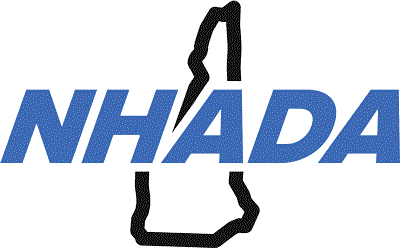By Brian Duplessis, Loss Prevention Coordinator
When cold weather sets in, service departments often close their garage doors. This has an immediate impact on the shop’s air quality, which can lead to service technician complaints centered on inadequate shop ventilation. Vehicle exhaust is loaded with thousands of contaminants resulting from the incomplete combustion of fuel. The primary culprit and largest component of exhaust that threatens employee health is carbon monoxide.
Carbon monoxide is a colorless, odorless, tasteless gas, and one of the most common industrial hazards.
Mild Poisoning Symptoms
- Nausea
- Dizziness
- Headaches
Severe Poisoning Symptoms
- Brain Damage
- Heart Damage
- Death
Serious stuff. But also consider that even moderate levels of CO can be responsible for employees not being attentive at times, which makes them more likely to make mistakes or to have accidents. As the amount of carbon monoxide in the air increases, more severe symptoms may develop, such as lack of coordination, weakness, and confusion. Therefore, it is easy to see how poor shop ventilation can translate to accidents and reduced productivity. Sounds expensive.
How much CO in the air is acceptable?
CO is not a naturally occurring component of air. It results from incomplete combustion of burning materials. Occupational Safety and Health Administration sets 35 parts per million of air (ppm) as the maximum CO level for shop areas. Office areas, including the Parts Department, would fall under the ASHRAE indoor air quality standard, which is 10 ppm.
NHADA Loss Prevention would recommend that dealers take action to reduce CO levels to below 20 ppm in the shop and to as close to 0 ppm as possible in other areas of the dealership.
How can shop air quality be improved?
- Properly service and maintain the shop exhaust ventilation system to ensure optimal performance throughout the winter months.
- Regularly inspect and replace any defective exhaust hoses.
- Install carbon monoxide level direct-reading monitors to identify areas where carbon monoxide is likely to be present. Areas to consider are the service department, customer waiting areas, and parts department. If levels exceed the levels mentioned above, mitigation efforts should be made.
- Demand and enforce that all technicians use exhaust hoses when vehicles are running in the shop unless they are coming and going. NO exceptions.
Good air quality is an essential ingredient for a safe and healthy work environment. Members must ensure that both adequate shop ventilation and proper employee work practices maintain carbon monoxide at the lowest possible level.
https://www.nhada.com/blog/carbon-monoxide-issues-in-member-service-departments
Brian Duplessis, Loss Prevention Coordinator
The NHADA Loss Prevention staff is available for carbon monoxide monitoring upon request. Contact us at 800-852-3372 or by email at bduplessis@nhada.com
This story appears in the 2020 Issue 6 of Drive: NH Magazine.









